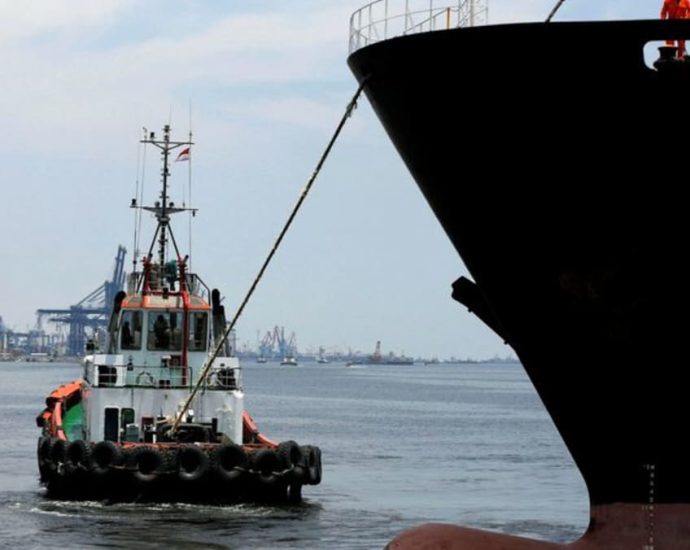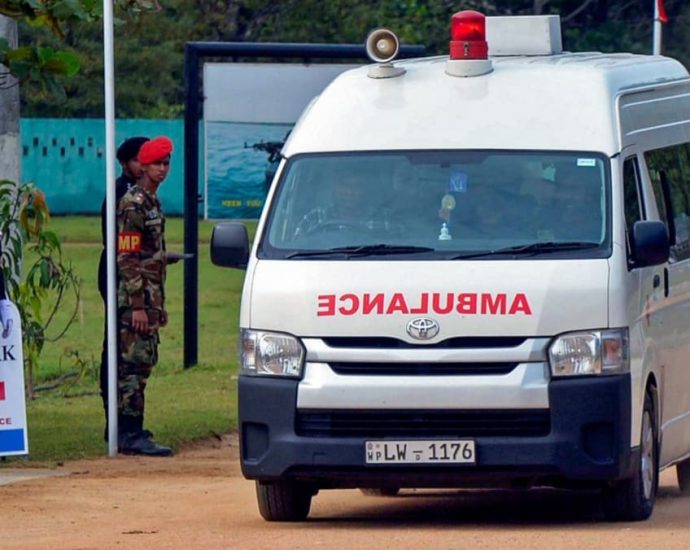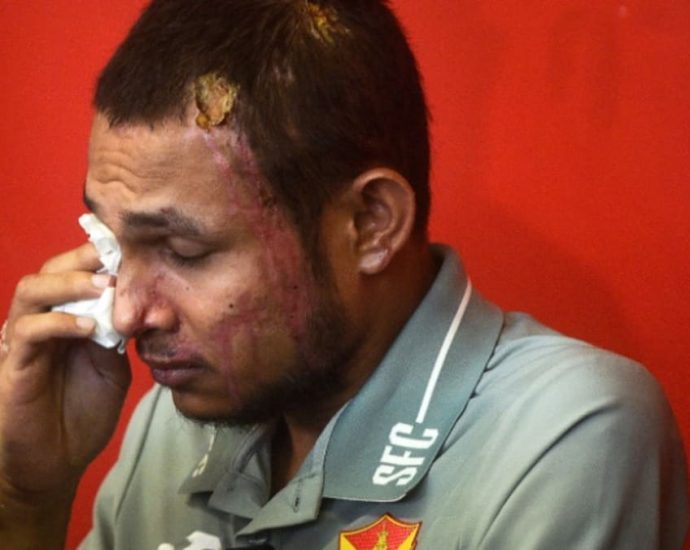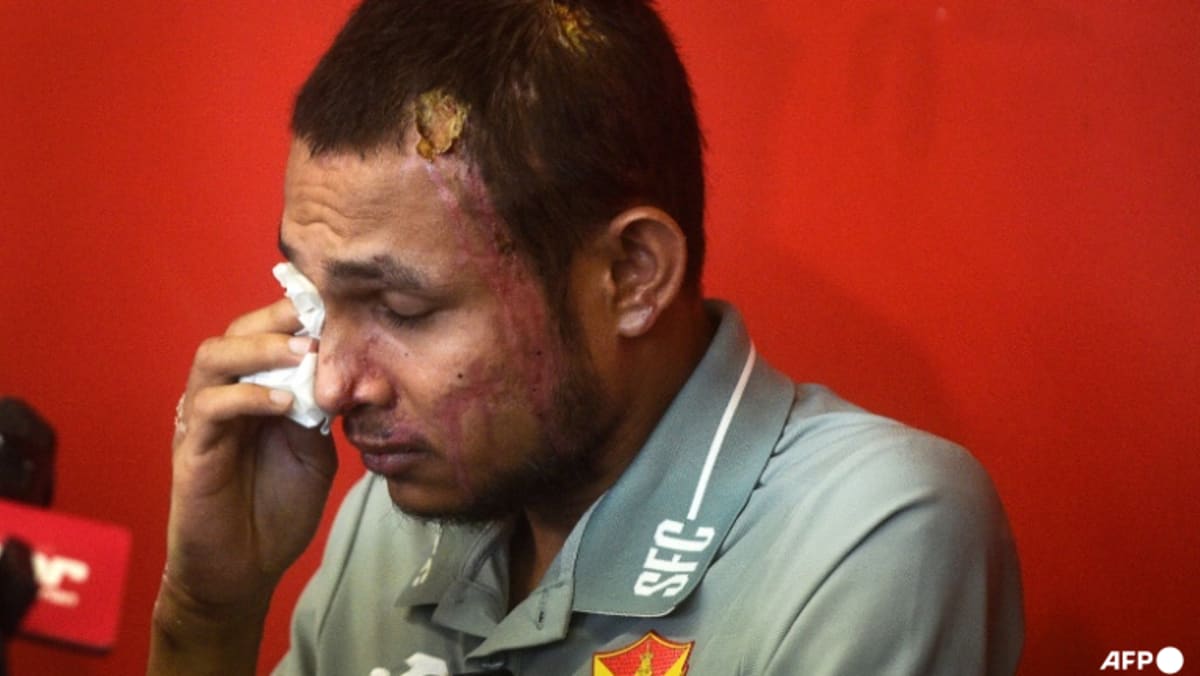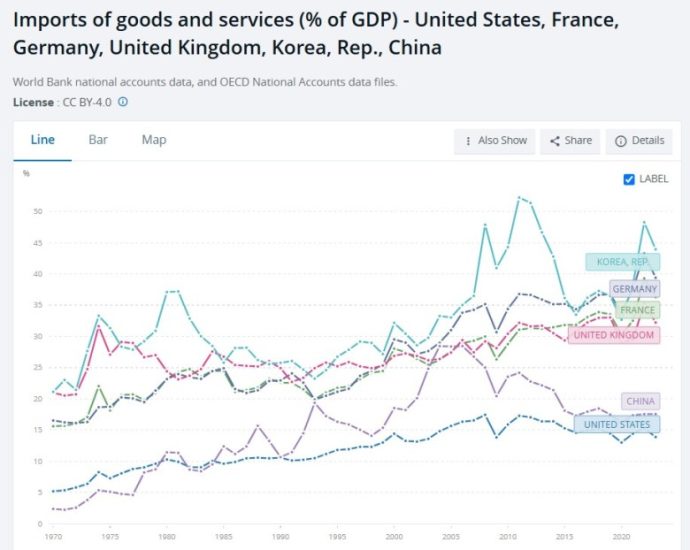A call for peace in South-East Asia, the Asian region and beyond as Malaysians celebrate Wesak Day on Monday (May 12)
KUALA LUMPUR: Perhaps the best known date on the Buddhist calendar, familiar even to non-Buddhists, is the thrice sacred day of “Wesak”. And Malaysians will celebrate the Wesak festival on Monday (May 12), which is also a public holiday in Malaysia.
Wesak is the name of a month in the ancient Indian calendar and it usually falls in the May though sometimes it may commence in the later part of April or extend to the early part of June. Wesak is derived from the original Pali word “Wesakha” or Sanskrit “Waishakha”. In some countries it is also known simply as Buddha Day.
Buddhist Chief High Priest of Malaysia Datuk Dr K. Sri Dhammaratana expressed concern that modern society is drifting away from its spiritual and familial roots.
“Nowadays, society has changed, the spiritual feeling is fading away and the family feeling is fading away.
“I humbly would like to appeal to all parents to give their children at least the background and basic teachings of the great masters,” he said.
Add to the upheaval and uncertainty in the region as political battles play it out at the India-Pakistan borders, South China Sea and many other areas of Asia, the call of peace is, indeed, timely.
Besides Malaysia, Wesak Day will also be celebrated in a big manner in Thailand, Singapore, Vietnam, Cambodia, Laos and Sri Lanka, the main centre for Buddhism.
Meanwhile, in Kuala Lumpur, around 25,000 devotees are expected to join the Wesak Day float procession starting at the Buddhist Maha Vihara, Brickfields on Monday (May 12).
Joint Wesak Celebration Committee (JWCC) chairman Ng Yong Pau said the procession, featuring about 30 floats, will start at 6 pm from the Buddhist Maha Vihara at Jalan Berhala and pass through Jalan Sultan Abdul Samad, Jalan Tun Sambanthan, Jalan Petaling, Jalan Yap Ah Loy, Jalan Hang Lekiu, Jalan Gereja and Jalan Raja Chulan.
The procession will then return to the Maha Vihara via Jalan P Ramlee, Jalan Raja Chulan, Jalan Tun Tan Cheng Lock, Jalan Tun Sambanthan and Jalan Sultan Abdul Samad the same night, completing an approximately 12-kilometre journey in four hours.
“The 25,000 devotees are those walking alongside the floats in stages, excluding the thousands more who will be bystanders or waiting to watch the procession.
“So you can imagine a huge crowd will be waiting. This year’s theme is ‘Foster True Compassion and Wisdom, Forge True Peace and Harmony’ .
“In previous years, we went through Jalan Bukit Bintang, but this year we couldn’t use it because of a change in the traffic direction (one-way). We hope that through this parade, we can spread the peace and harmony of Buddhism to all,” he told a press conference here, tonight.
According to Ng, Transport Minister Anthony Loke Siew Fook is scheduled to attend the launching ceremony on Monday evening.
Apart from the procession, the Maha Vihara will also organise a blood donation campaign and provide free food.
Thousands of devotees are expected to visit the temple with offerings of flowers, candles, and joss sticks.
Wesak Day also holds paramount importance for Buddhists, commemorating the birth, enlightenment, and passing of Siddhartha Gautama, the founder of Buddhism.
The festival is marked by the lighting of incense sticks and lotus-shaped candles, offering flowers, and the symbolic bathing of the Buddha statue.



